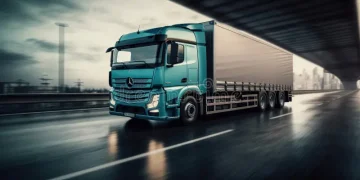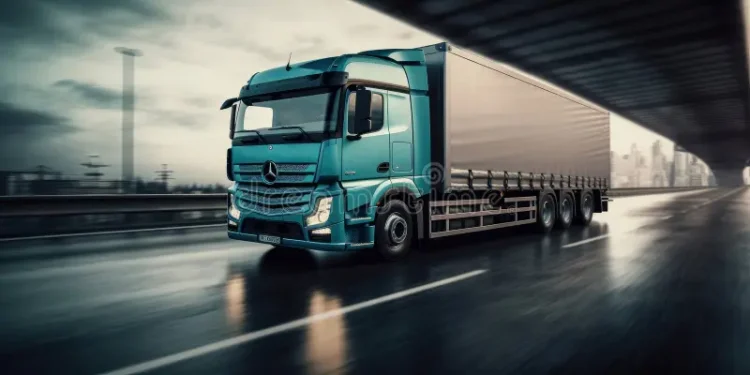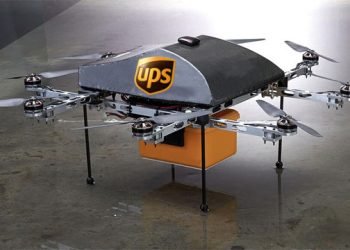By Maria Kalamatas | May 9, 2025
Rotterdam, NETHERLANDS —
In a year marked by economic uncertainty and tight margins, transport companies across Europe and North America are turning to predictive routing algorithms to reduce one of logistics’ oldest inefficiencies: the empty return trip.
“We’re finally putting data in the driver’s seat,” said Tomas Elsing, Head of Fleet Optimization at VeloTrans. “And it’s saving us money every single day.”
The cost of running empty
According to a May 2025 report by EuroFreight Intelligence, more than 23% of trucks on European roads still return with little or no cargo. In the U.S., the figure is even higher in rural regions, averaging 27% empty backhauls on long-haul routes.
“That’s wasted fuel, wasted hours, and unpaid wheels,” Elsing said. “No CFO can ignore that anymore.”
The shift to predictive tech is changing how dispatchers allocate resources — especially for cross-border and multi-stop movements.
From static to smart routing
Unlike traditional TMS setups that rely on fixed route planning, new AI-enabled platforms ingest real-time market data, weather forecasts, port congestion updates, and even regional fuel prices to reconfigure delivery sequences on the fly.
Startups like MovionIQ and LoadFactor AI have seen a surge in enterprise adoption since January 2025, with ROI averaging 8–12% on fuel savings alone.
“These tools aren’t about replacing planners,” said Elsing. “They’re about giving planners superpowers.”
Carbon savings attract new clients
Reducing deadhead trips isn’t just a cost advantage — it’s also an ESG win. Several retailers and manufacturers are now rewarding logistics partners who can demonstrate lower CO₂ emissions per shipment.
Platforms like GreenAudit and CargoMap now integrate emissions scoring into real-time route adjustments, helping fleets align with corporate carbon targets.
Integration is the new frontier
The challenge, say many operators, is less about the algorithms and more about getting the systems to talk to each other. Connecting AI routing tools to legacy ERPs and WMS platforms remains a pain point for many mid-size fleets.
“Everyone wants AI,” Elsing said. “But without clean data and system sync, it’s just a buzzword.”
Conclusion
In 2025, logistics success isn’t about speed or size — it’s about efficiency. And that means cutting what doesn’t pay. As predictive algorithms become mainstream, fleets that know where the waste is — and how to avoid it — will drive further, faster, and smarter.























